Front foot Starbucks, back foot McDonald's Coffee takeout "Big melee" Coffee New Retail enters Deep Water
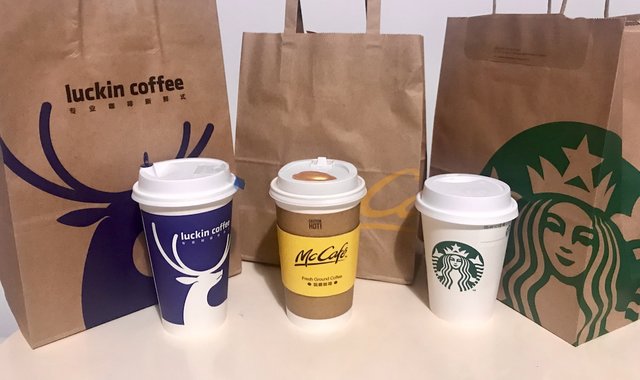
Professional coffee knowledge exchange more coffee bean information please follow the coffee workshop (Wechat official account cafe_style)
Add one more member to the fragrance War.
On Oct. 8, McDonald's China announced the launch of a delivery service for its McCoffee brand, which allows users to place orders through Meituan, ele.me and WeChat Mini Programs.
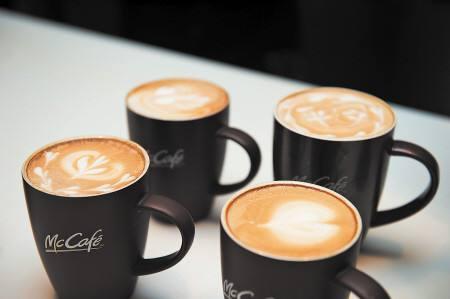
The delivery service of McCoffee was first launched in Shanghai and will be gradually extended to other cities.
The wheat coffee delivered this time uses a "small gold cover" packaging with patented anti-overflow technology, which can avoid spilling and leakage of hot drinks in the cup under normal delivery conditions, and can also keep the coffee at a suitable drinking temperature on the way of distribution. McCoffee has its own professional distributor to ensure that each order is delivered within 28 minutes, which is also the delivery time limit of Meituan takeout and ele.me.
After joining Coffee, Lucky and Starbucks, McDonald's joined the coffee delivery competition to heat up the competition.
Top four of two factions
At present, the domestic coffee brand takeout market is mainly composed of three major players: Lian Coffee, Ruixing and Starbucks, Lian Coffee and Meituan, Starbucks holding hands with Alibaba ele.me, and Luckin Coffee partnering with Shun Feng to provide 30-minute "slow pay" service.
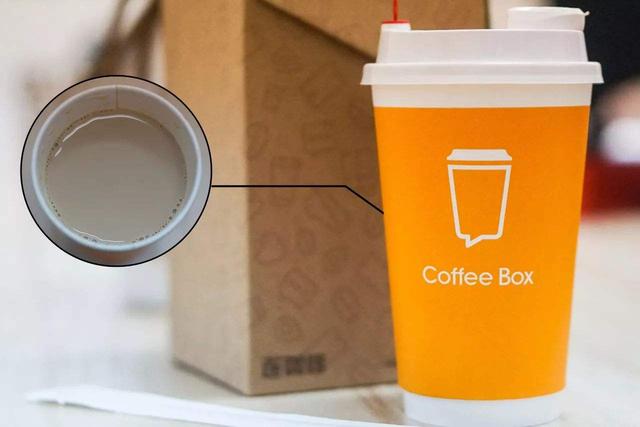
Coffee giant Starbucks has been cautious in its takeout push until 2018, after Wang Jingying, CEO of Starbucks China, said in June that the reason for the delay was:
Many coffee shops offer takeout service in China, but Starbucks attaches great importance to coffee quality and customer experience. Takeout must ensure that the quality and experience of drinks are the same as what we can offer in our stores.
The implication is that it is difficult to guarantee the taste of coffee delivery. As half a coffee fan, Luo Chao Channel found that even if the major platforms can deliver within 30 minutes, the taste of take-out coffee is still different from that of the store, especially cold drinks. Starbucks is right to worry. In fact, many restaurant giants still insist on serving only in-house meals and not takeout, just to ensure taste.
Another reason Starbucks does not provide takeout is that it does not just the coffee business, but the "third space". It wants more consumers to stay in the store and become a community service center. If it provides takeout, it is tantamount to retail drinks. It has nothing to do with space.
While Starbucks is hesitant, Chinese Internet coffee brands are growing savagely.
Founded in 2014, Lian Coffee was originally a coffee delivery platform with the official account of Wechat as its entrance, mainly providing coffee delivery services such as Starbucks and Costa to accumulate users.
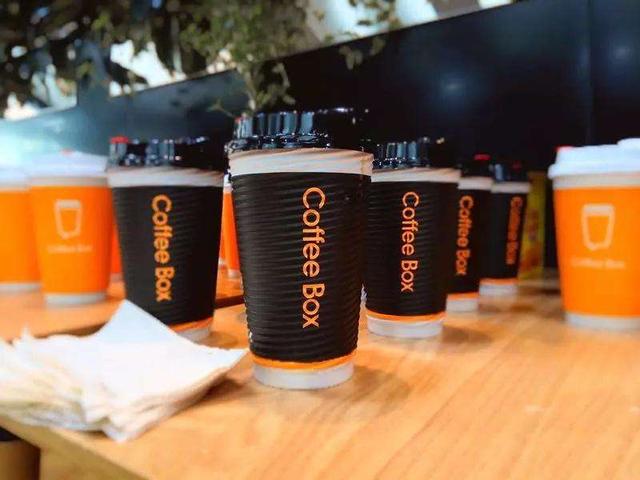
A year later, after accumulating a large number of users, Lian Coffee spun off the coffee delivery service of Starbucks and other third-party brands and established its own coffee delivery brand Coffee Box, which chose the "light landing" method to build intensive stations. these sites are not cafes, only assume the role of kitchen and warehouse, and have low demand for factors such as geographical location and area. The cost has been greatly reduced-this is similar to the "front position" model of Daily Youxiang, but completely different from the trinity of Luckin Coffee and he Ma Xiansheng.
This light model allows Lian Coffee to quickly dominate the market. In March 2018, Lian Coffee raised 158 million yuan in B+ round financing. As of July this year, it had 200 outlets and more than 3 million users.
Luckin Coffee has developed more rapidly, becoming a warm current in the cold winter of capital in 2018, and even a phenomenal company in the new retail industry. Luckin Coffee only started trial operation in January 2018. by the end of July this year, the number of stores had reached 809, surpassing Lian Coffee, which has been established for three years, and surpassing Costa to become the second only to Starbucks. And lucky CEO also said it was only a matter of time before the number of stores exceeded Starbucks.
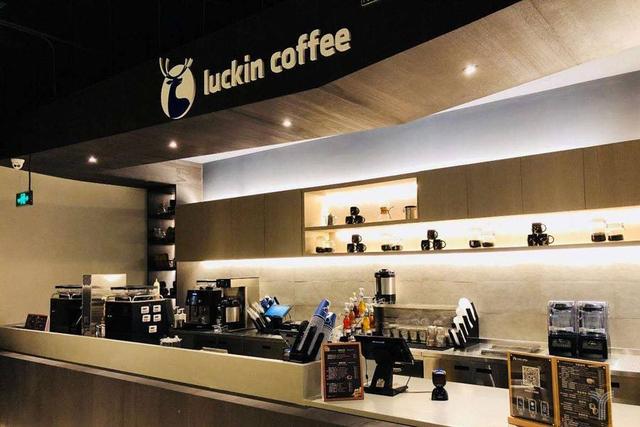
Unlike Lian Coffee, Luckin Coffee provides not only takeout but also a third space, with four stores: flagship store, leisurely store, quick access store and takeaway store (but Luckin Coffee's experience on Luo Chao Channel does not have any advantage in many traditional coffee shops).
Lucky under the capital boost, continue to capture the city and land, in turn to gain more capital favor, in July this year, Luckin Coffee announced the completion of round A financing of $200m, joining the ranks of unicorns.
Including McCoffee, there are now as many as four coffee brands that support takeout, two from Internet brands and two from traditional brands. It can be predicted that more traditional coffee brands will enter the market, rather than giving away the huge takeout market.
It's hard to have a big family.
In the face of the rise of new coffee brands such as Lucky, Starbucks' performance has been greatly affected. Starbucks reported a 2% drop in same-store sales in China in the third quarter of 2018, making it the worst-performing market in the world, its first negative growth in nine years.
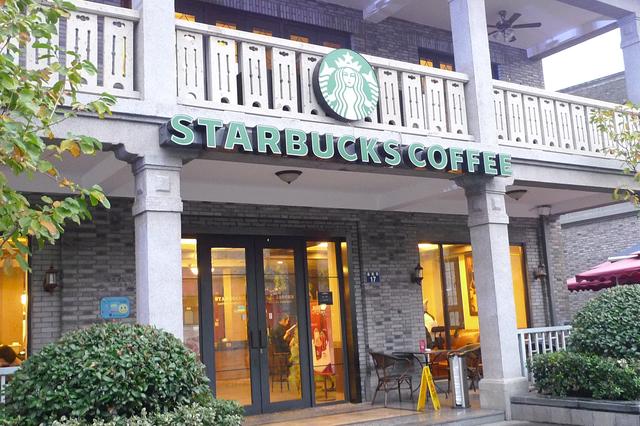
Although Starbucks had previously expressed its position in the face of the public opinion war raised by Luckin Coffee, it was tantamount to participating in the market speculation, but it was very active in action. On the one hand, it said it would accelerate the opening of stores at a rate of 600 stores per year, and on the other hand, it began to provide delivery services on ele.me through a comprehensive strategic cooperation with Alibaba.
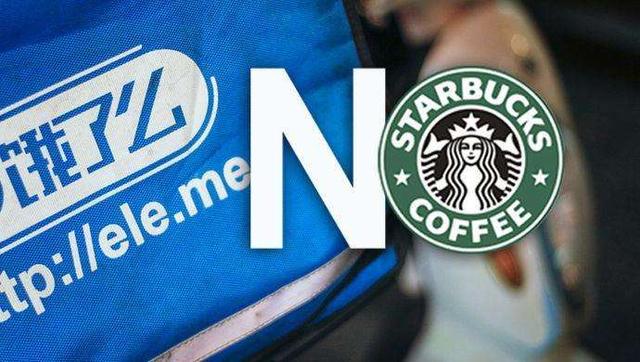
In the field of takeout, Starbucks does not have an advantage, and its delivery cost per order is as high as 9 yuan, which has exceeded the acceptance range of most consumers. When coupons for Luckin Coffee and Lian Coffee were widely circulated on Wechat, Starbucks' marketing was "too tight, but not enough." Luo Chao Channel believes that it is very difficult for Starbucks to dominate the coffee takeout market because:
The coffee market sank. China's coffee market is growing fast enough that every player has a chance. According to previous data from the London International Coffee Organization, the size of China's coffee market exceeded 100 billion yuan in 2017, a growth rate of 15%, while the global coffee market grew by only 2%. With the process of urbanization and the upgrading of consumption in China, coffee will become a way of life for more Chinese users. Starbucks coffee is not cheap in China, similar to the price in New York, but the per capita GDP of China is only 1/6 of that of the United States, so Starbucks is not price competitive among middle and low-end consumers. Lucky and even coffee are not price competitive, but fast-food coffee brands represented by McCoffee have more advantages, not only relatively cheap, but also fast-food brands such as McDonald's have long gone deep into the streets of China.
Competition is becoming more and more different. China's local Internet brands have different advantages. For example, the location of the store chosen by Ruixing is not in the core downtown like Starbucks, but a little farther from the downtown, thus controlling costs and meeting those more cost-effective consumer needs; even coffee adopts the way of not doing stores but doing takeout to meet the "pure coffee users" who only need to buy coffee and do not need communication space.
Products and services are more abundant. Traditional coffee brands such as Starbucks focus more on coffee itself, supplemented by small amounts of food such as desserts. Starbucks' special businesses of moon cakes and zongzi are also very successful. On the other hand, Luckin Coffee and Lian Coffee have a stronger desire to expand. Luckin Coffee, for example, is vigorously promoting the juice business now, and may enter more diversified beverage and food industries such as milk tea in the future, providing consumers with a richer product portfolio.
The competitiveness of the Internet. China's local takeout coffee brands are based on the Internet, and the model is to "let coffee find people", while Starbucks' logic focuses more on where Starbucks is, which, to put it bluntly, is the difference between the two retail models. in addition, they are more adept at Internet marketing and technology applications, such as providing colored egg functions such as "live video watching the production process". With the development of mobile Internet in China, consumers have formed mobile consumption and payment habits, coupled with the maturity of takeout distribution system, users have a new habit of coffee consumption in a unique scene.
In fact, Starbucks' online delivery business is more like a compromise to consumers, which runs counter to its "third space" theory, which is a change Starbucks has to make. This is also a change in Starbucks coffee retail thinking.
Starbucks has tried its coffee retail business before, where users can buy its glass bottles at convenience stores and e-commerce platforms, but the business is not doing well and was sold to Nestl é in August, which will sell its packaging products. this includes the sale of Starbucks packaged coffee (coffee beans, instant coffee and other retail businesses) and beverage businesses in supermarkets. Now the strategic cooperation with Alibaba shows that Starbucks embraces the takeout model rather than the bottled model in coffee retailing.
Where on earth is the "new"?
The coffee takeout market is very busy now. At first, Chinese consumers had no demand for coffee. As coffee was introduced into China as an imported product, this consumption habit became more and more popular. Consumers in first-and second-tier cities consciously went to Starbucks stores to order a cup of coffee. Chat with friends, listen to songs and play mobile phones in the "third space", which is different from family and company. Coffee, like golf, was once a symbol of the lifestyle of a group of people in the city, which is why the title of the article "it took me 18 years to sit and drink coffee with you" appeared.
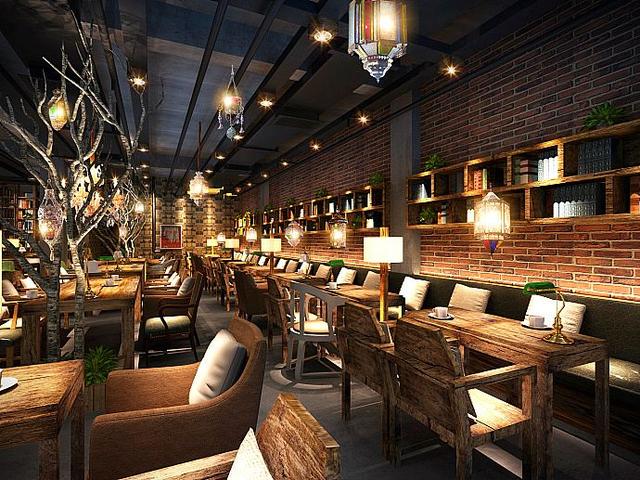
With the development of the mobile Internet, people's consumption scenarios have become diversified, and the traditional "third space" is no longer enough to meet the needs of consumers. at the same time, the traditional stores themselves are undergoing an unprecedented technological transformation. the new retail wave is sweeping like a tsunami, and coffee takeout service arises at the historic moment, which is the interweaving of coffee industry, catering industry, takeout industry and new retail.
The "new" of the new retail of coffee is mainly reflected in the following aspects:
personalized recommendation result. Whether consumers enter the store or take out, there will be corresponding consumption behavior data, and the accumulation of data can analyze the unique consumption characteristics of users. On the one hand, to achieve accurate marketing, such as Ruixing to potential users to promote its services on Wechat, and even give each user a different discount; on the other hand, you can rely on data accumulation to expand more new business, such as fruit juice business, and even enter the field of milk tea, alcohol and other beverages in the future. To gain insight into consumers based on data and realize the change of people and goods yard is also an essence of the new retail.
Improve efficiency. Warehouses and stores will be accurately located where potential users are most concentrated, so that consumers can achieve the fastest delivery with the least manpower. Luckin Coffee promises to deliver within half an hour, and McCoffee only takes 28 minutes. The essence of new retail is that it can shorten the waiting time of consumers, whether it is door-to-door or to the store, it is faster than traditional stores or traditional e-commerce.
There are many scenes. The consumption scene can be stores, homes and companies, or even the fourth and fifth spaces. Consumers can take out their mobile phones and order a cup of coffee at any location within the scope of take-out distribution. Shopping anytime and anywhere is also a feature of new retail.
Therefore, whether it is traditional coffee giants such as Starbucks and McCoffee, or rookies such as Lucky and even Coffee, making coffee takeout is essentially catering to the current new retail trend in full swing, and the new retail trend is blowing into all kinds of retail industry. not only supermarkets, catering and coffee, all kinds of retail industries are being drastically changed.
Authors: Luo Chao and Tao Cheng also contributed.
Wechat: Luo Chao Channel (luochaotmt)
END
Important Notice :
前街咖啡 FrontStreet Coffee has moved to new addredd:
FrontStreet Coffee Address: 315,Donghua East Road,GuangZhou
Tel:020 38364473
- Prev
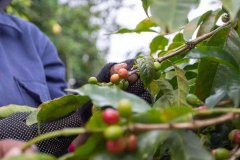
History and grading of Blue Mountain Coffee producing areas, and how to distinguish between true and false Blue Mountains? Flavor characteristics of Blue Mountain Coffee
When it comes to coffee, nothing is more famous than Blue Mountain Coffee. People who drink coffee or not have heard of it. Yesterday we talked about Hawaii, the hometown of Coffee Queen KONA. Today we take a look at the hometown of Blue Mountain, the king of coffee, Jamaica. 01 | planting history 1717 King Louis XV of France ordered the cultivation of coffee in Jamaica. In the mid-1920s, Governor General of Jamaica
- Next

Costa Rica Coffee Breaks Brazilian Coffee Price Record_Is Costa Rica Coffee Expensive?
Professional coffee knowledge exchange More coffee bean information Please pay attention to coffee workshop (Weixin Official Accounts cafe_style) According to South American Overseas Chinese News Network, Costa Rica coffee successfully defeated Brazilian coffee at this year's Taza de la Excelencia global electronic auction, setting a new price record. Costa Rican coffee is no longer the coffee.
Related
- Being chased out of the rain in front of Starbucks?! Store: Sheltering from rain under umbrellas poses a safety hazard
- The white moonlight has changed?! Lucky launches "Big Winter Pear American"
- Hand-brewed coffee three-stage method, high-sweet and universal brewing method to share! What does the high sweet water level of hand-brewed coffee mean?
- What is the difference between raw, refined and full espresso coffee? How to extract espresso and taste good?
- A complete list of coffee bean names and their meanings! What is Yejia Shefi coffee? Where is Mantelin coffee?
- What grade does Arida Manor Kaduai coffee beans belong to? What treatment is Arida ASD slow anaerobic sun exposure?
- The milk tea cup becomes smaller?! Overlord Tea Girl launches a new "Return to Yunnan" series
- Accused of selling counterfeit and high-priced coffee beans! Well-known boutique coffee brand "Oukelao" bowed and apologized!
- How to make espresso dumplings? Can I eat coffee and glutinous rice balls together?
- Save the unformed and stagnant powder cakes in one second! What is the problem with stagnant water in the powder bowl of the espresso machine?

